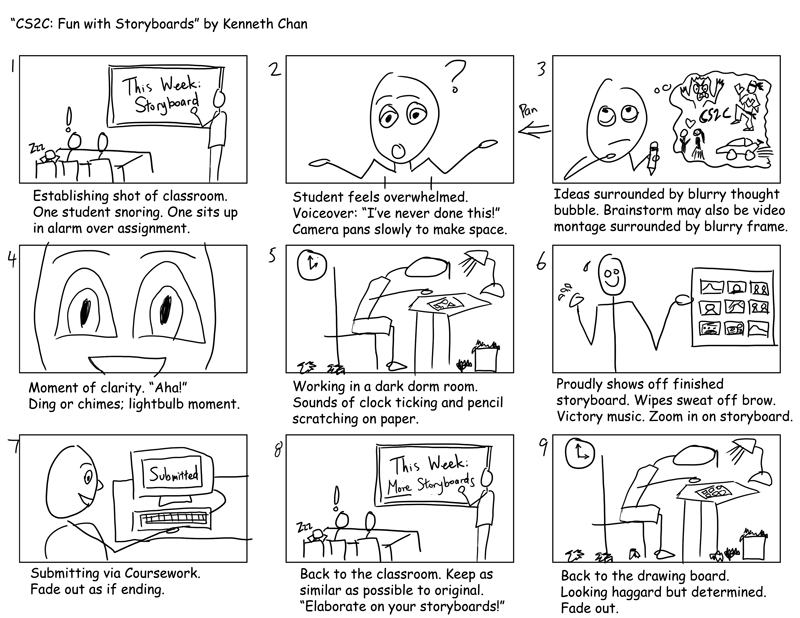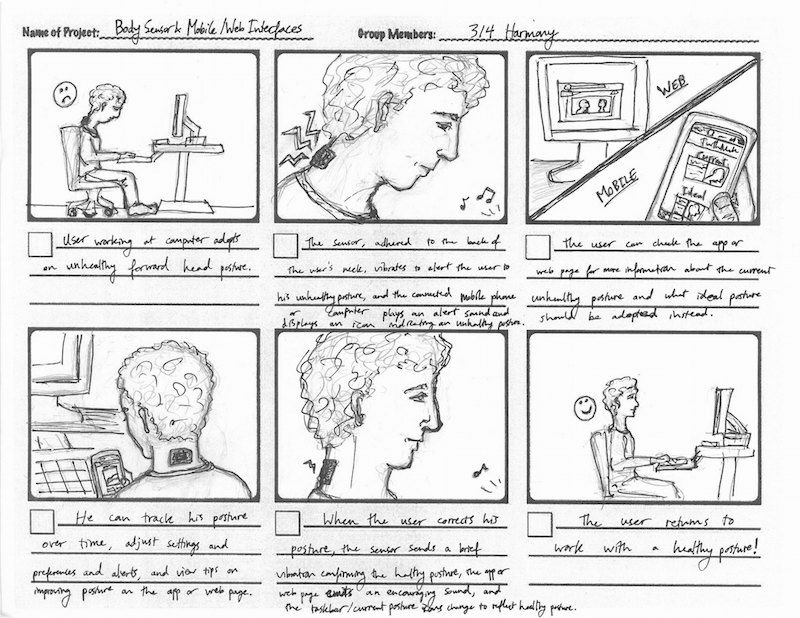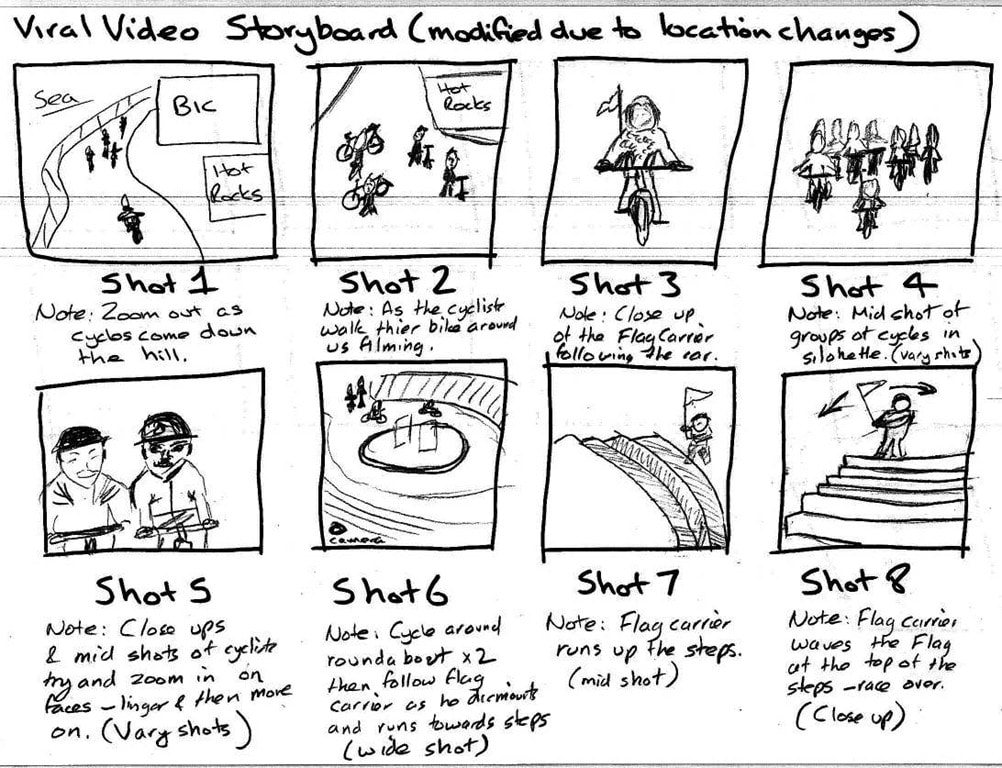Storyboarding the whip around segment
What is a story board?
Storyboards will help you and your crew visualise our episode of the 4pm Project and how to plan out and sequence the episode through images (and notes). During the episode, the audience will follow a sequence of stories joined with not only the presenter's dialogue but the transition animations (graphics and sound effects).
You can make decisions about how things will look by creating a storyboard. Each panel in a storyboard represents a camera shot and therefore what the camera will see and show. You do not have to recreate every frame of a film in a storyboard; that will take forever!
You can make decisions about how things will look by creating a storyboard. Each panel in a storyboard represents a camera shot and therefore what the camera will see and show. You do not have to recreate every frame of a film in a storyboard; that will take forever!
Learning Intention:
How to use a storyboard to plan out the sequence of 'the whip' segment
How to use a storyboard to plan out the sequence of 'the whip' segment
Success Criteria:
One: (We Do) As a class discuss the episode, the specific stories and what is the order they should be in (+ sequence activity)
Two: (You Do) Pick out the key shots throughout the episode? These shots might be the ones you think are most important or the ones that stand out to you. This might be because you can visualise them easily, or you think what’s being shown in the shot is particularly important to the episode.
Three: Use these shots to create a storyboard (not every shot in the episode will be illustrated).
*Aim for variety in the shots you pick, for example, a combination of close-ups, long shots and more. You don’t want the storyboard to be full of shots that are exactly the same. (use shot cards as a reminder)
One: (We Do) As a class discuss the episode, the specific stories and what is the order they should be in (+ sequence activity)
Two: (You Do) Pick out the key shots throughout the episode? These shots might be the ones you think are most important or the ones that stand out to you. This might be because you can visualise them easily, or you think what’s being shown in the shot is particularly important to the episode.
Three: Use these shots to create a storyboard (not every shot in the episode will be illustrated).
*Aim for variety in the shots you pick, for example, a combination of close-ups, long shots and more. You don’t want the storyboard to be full of shots that are exactly the same. (use shot cards as a reminder)


